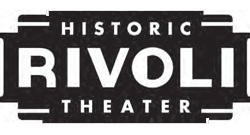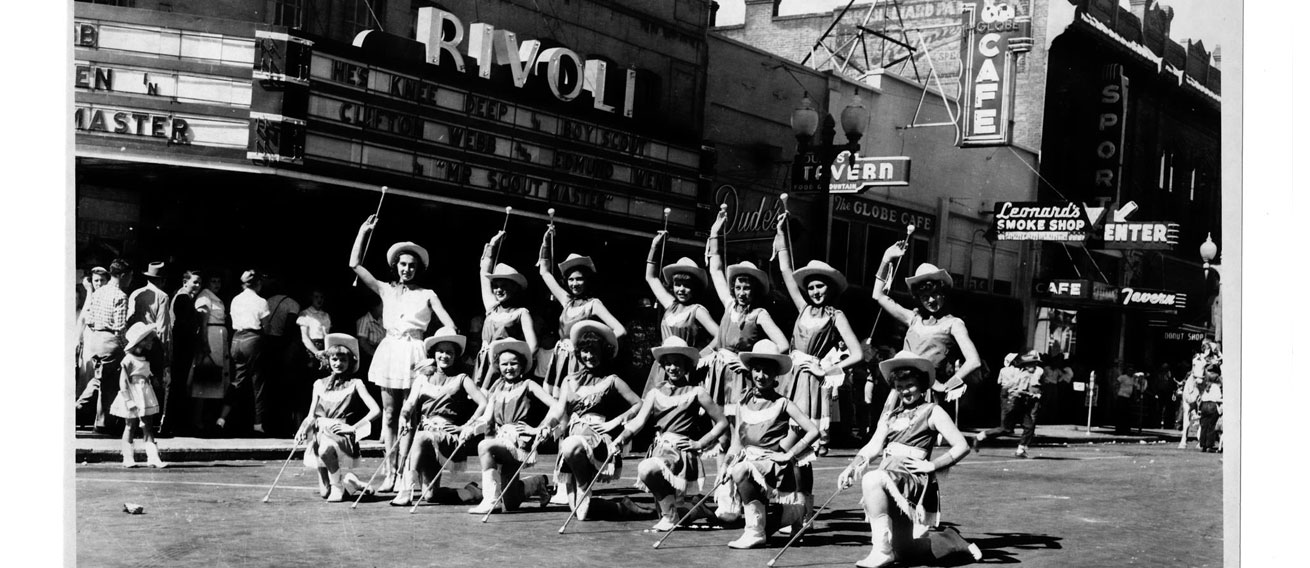BUDGETS
ESTIMATED CONSTRUCTION BUDGET
…………………………………………………………….
Construction Phase Estimated Cost
Phase 1 & 2 $ 391,033
Phase 3 $ 462,613
Phase 4 $ 3,419,983
…………………………………………………………….
TOTAL $ 4,439,527
ESTIMATED OPERATING BUDGET
………………………………………………………………………………………………
MEASUREMENT: The Rivoli Coalition continuously reviews progress, reassesses goals and objectives and plans next steps. As part of this process, we are committed to regular, objective reporting on a series of performance measures. Metrics measured include volunteer hours, community participation, grant revenue, donations and quarterly financial reports. These data will be reported annually.
| 2015 | 2016 | 2017 | 2018 | |
| Property Insurance | $1,500 | $2,500 | $5,000 | $7,500 |
| Grant writing | 2,500 | 2,500 | 2,500 | 2,500 |
| Property Tax | 900 | 900 | 900 | 900 |
| Miscellaneous expenses | 1,000 | 1,000 | 1,000 | 1,000 |
| TOTAL | $5,900 | $6,900 | $9,400 | $11,900 |
EXHIBIT 1
Market Analysis
The Trade Area for a performing arts venue is the geographic area in which 80% of its patrons reside. The boundary for a theater such as the Rivoli is typically within a 20-mile radius for locally serving productions whereas the boundary for productions of regional interest could attract audiences from within a 60-mile radius or greater.
Pendleton’s geographic location between Boise and Portland and less than a half-day drive from Seattle and Spokane make it a convenient day trip to promote overnight or weekend stays in the area.
Demographics relevant to the performing arts include:
- Population
- Income
- Education
Population
- 10-mile trade area is 26,780 (2010, est.)
- 40-mile market area is over 163,000
- Future growth for the region is expected to be slow, however surrounding communities have experienced growth in the past decade.
Income
- 17.6% of Pendleton households in Pendleton have income greater than $75,000
- Median household income of the trade area is $45,623 which is 10% lower than for the State
- With 38.6% of the trade area population at age 45 or above, it should be noted that household income does not reflect wealth or disposable income. Older retirees may earn a modest income but enjoy a lifestyle similar to higher income persons.
- Market Indicators
Education
- Adults over age 25 with at least a bachelor’s degree is the most reliable predictor of residents’ participation in the arts
- 23.3% of the Pendleton area residents have at least a bachelor’s degree
1 Opsis Architecture, Rivoli Theater Feasibility Study
EXHIBIT 2
Economic Impact Information
Historic preservation, in particular the revitalization of theaters, is a major economic driver.
- “Nonprofit arts and culture organizations in the U.S. drive a $166 billion dollar industry-a growth industry that supports 5.7 million full-time jobs and generates nearly $30 billion in revenues annually.”
- Attendance at arts events generates related commerce for local businesses such as restaurants, parking garages, hotels, and retail stores. Data collected from 94,478 attendees at a range of events reveal an average spending of $27.79 per person, per event, in addition to the cost of admission.
- “Cultural activities attract tourists and spur the creation of ancillary facilities such as restaurants, hotels, and the services needed to support them. Cultural facilities and events enhance property values, tax resources, and overall profitability for communities. In doing so, the arts become a direct contributor to urban and rural revitalization.”
Economic Impact Examples
- South Boston realized a 54% increase in lodging tax revenues in 2005–2006 following the first year of operation of the Prizery – an industrial building that was renovated into a performing arts center and welcome center.
- The Stanley Theater renovation in Vancouver, B.C., stimulated a 21% increase in restaurants, cafes and bars and a 107.7% increase in retail sales between 1998 and 2000.
- The Flynn Center in Burlington, Vermont, estimated the economic benefit to be $20 million in 2004.
- Playhouse Square estimates their total impact on Cleveland, Ohio, to be $43 million through 2003.
2 Arts & Economic Prosperity III, 2007
3 Ibid
4 National Governors Association, The Role of the Arts in Economic Development, 2001. Arts & Economic Prosperity, Americans for the Arts

